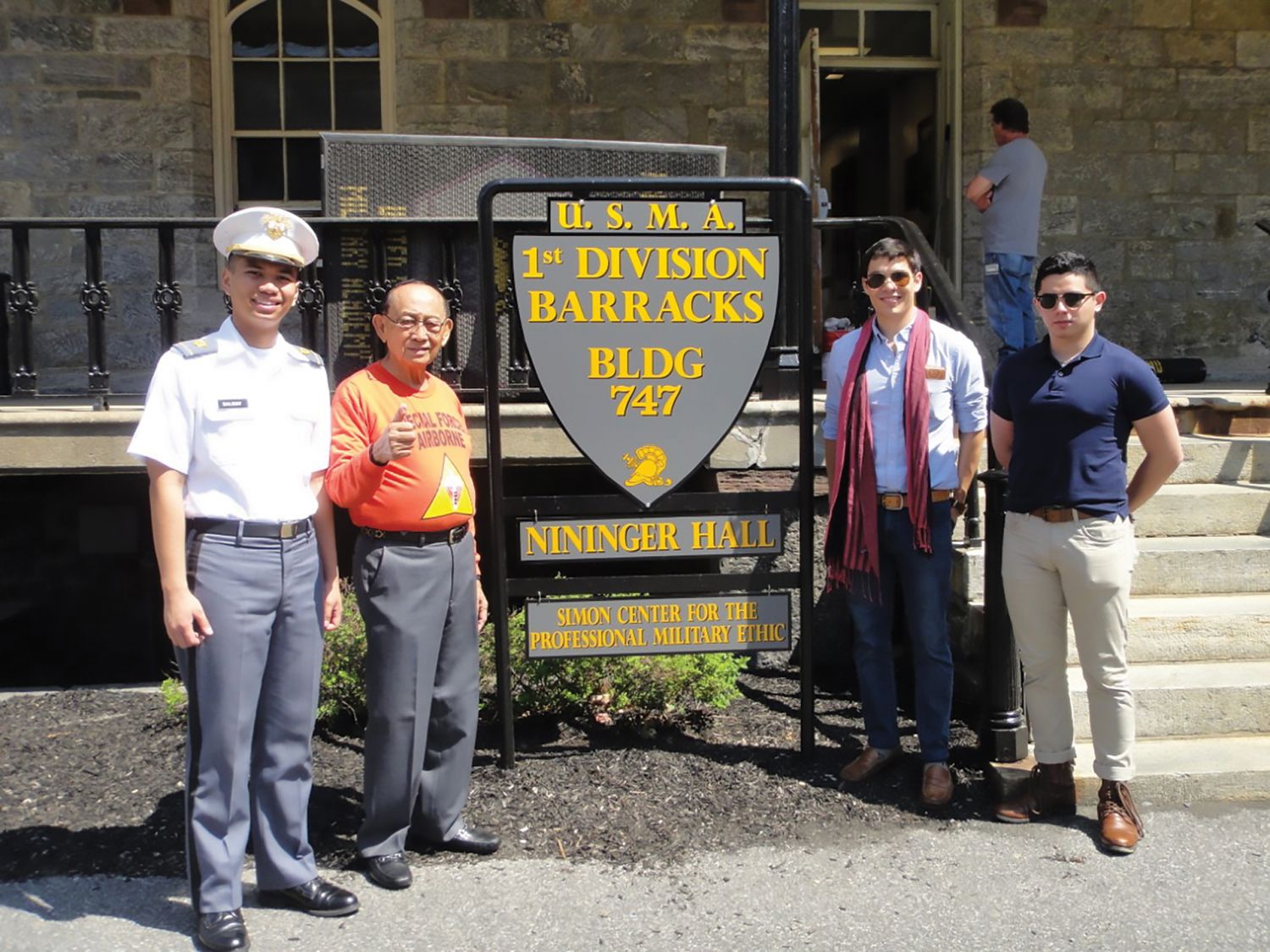In this exclusive interview, the third youngest of the eight grandchildren of former Philippine president Fidel V Ramos shares the priceless lessons he learnt being up close and personal with a great man
It has been barely two months since my Lolo, President Fidel V Ramos, passed away. I still intensely feel the pain of loss, but I cope with the grief by reliving the great memories of time spent with him.
I was born in August 1992, two months after he took office. My mum jokes that she chose the name “Sam” because she spent part of her pregnancy handing out sample ballots on the campaign trail. I only have a vague memory of my toddler years with Lolo as president, how the halls of Malacañang hummed with activity, like something you might see at the movies with a scene in a war operations room.
Most of the vivid memories with Lolo were from when I was already a young man. I was born and raised here and studied at the International School Manila (ISM), where my Lola Ming was the school registrar for many years. Then I went to Yale for college to earn a degree in political science. After graduation, I moved back home to the Philippines. Just like what my Lolo advised me to do.

I can’t remember exactly when (he said this to me), whether I was already in college or right before I left it. It must have been All Souls’ Day because we were at the Manila Memorial Park to pay our respects to Lolo’s Dad, Narciso Ramos. At one point, Lolo and I took a short walk, just the two of us. I remember him putting his arm around me and saying: “You must promise me that whatever you do, wherever you go, you must come back to the Philippines and share what you have learnt. You’re needed more here.” That stuck with me.
During my university years, I would come just twice a year, for Christmas and during the summer. I still got to spend much time with Lolo and Lola, but another big part of my decision to come home, aside from Lolo’s advice, was that I did not want to see my parents or grandparents only once or twice a year. So, after graduation I came home (admittedly, clueless about what I would do here).
Lolo did visit me at Yale—twice. The first time was he was invited to talk at the Kennedy Center in Harvard. I bugged him and said, “Hey, you can’t just go to Harvard; that’s our rival! You have to come to my school, too.” When he said yes, I organised an opportunity for him to speak before the Yale International Relations Association. The second time was for my graduation in 2014.
Read also: President Fidel V Ramos Passes Away at 94






